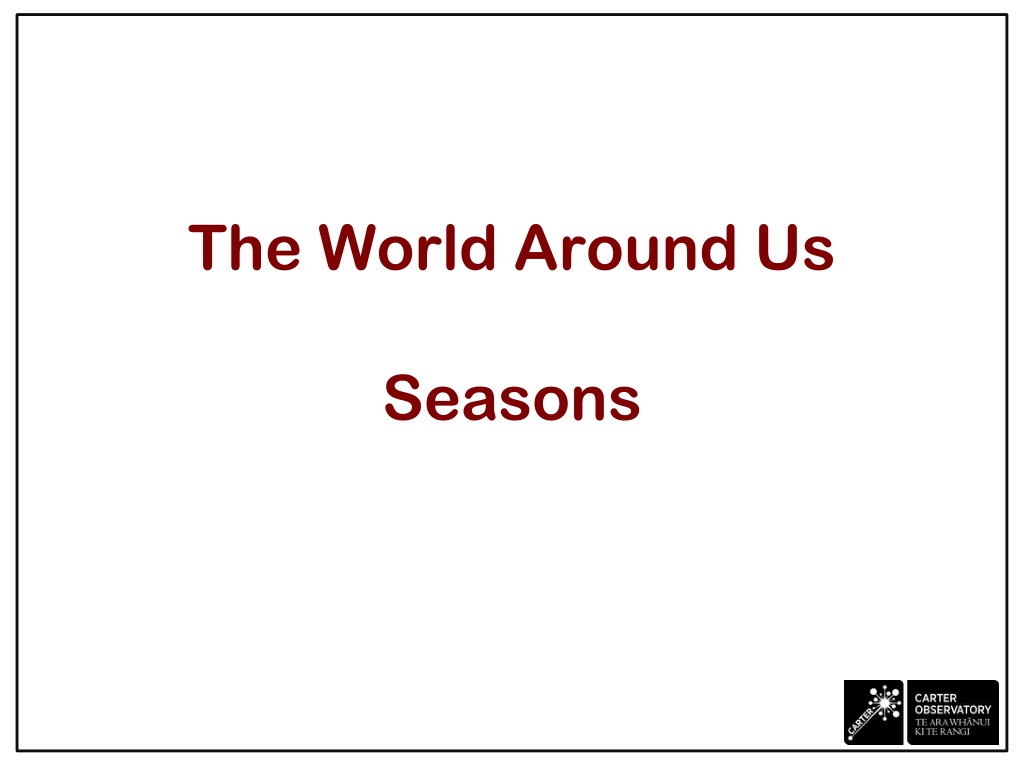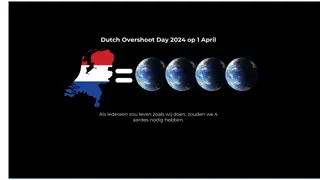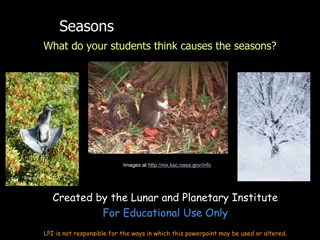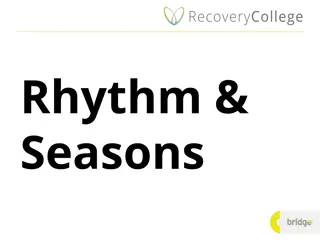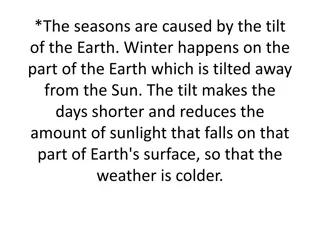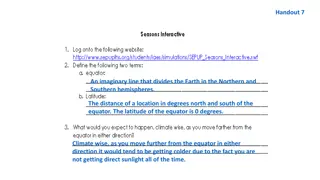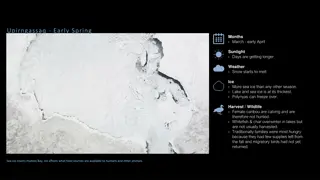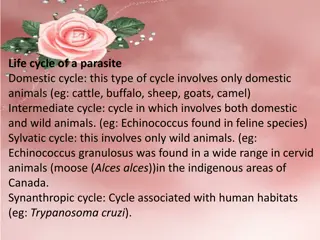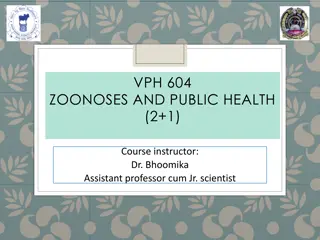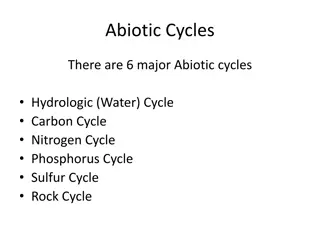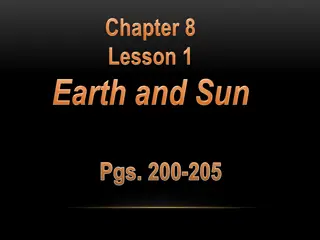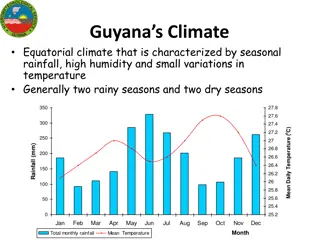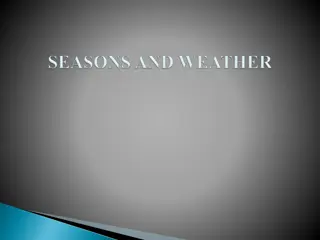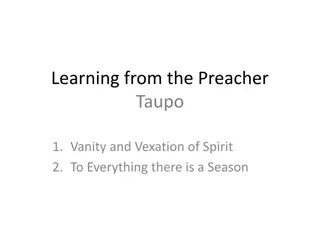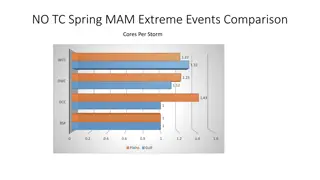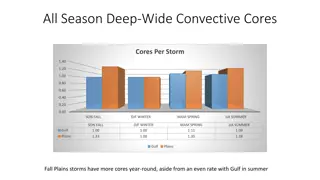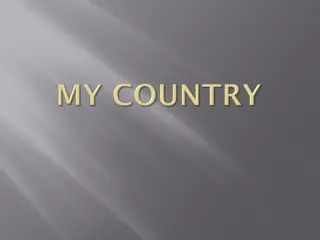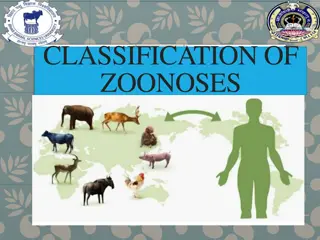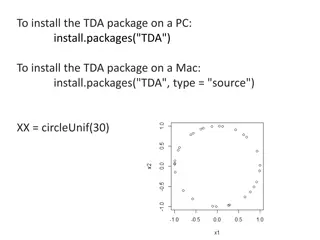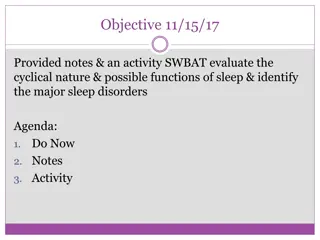Understanding Earth's Seasons and Yearly Cycles
Seasons on Earth are a result of its tilt and orbit around the Sun, leading to changes in temperature and daylight throughout the year. Learn about the characteristics of each season, how Earth's tilt affects sunlight distribution, and the annual events that signal seasonal shifts. Explore the significance of Matariki in heralding the Māori New Year and the celestial markers that indicate changes in seasons.
Download Presentation

Please find below an Image/Link to download the presentation.
The content on the website is provided AS IS for your information and personal use only. It may not be sold, licensed, or shared on other websites without obtaining consent from the author. Download presentation by click this link. If you encounter any issues during the download, it is possible that the publisher has removed the file from their server.
E N D
Presentation Transcript
The World Around Us Seasons
Season names We have 4 seasons on the Earth. Summer: Raumati Dec, Jan, Feb Autumn: Ngahuru Mar, Apr, May Winter: Takarua Jun, Jul, Aug Spring: Koanga Sept, Oct, Nov
What is each season like? In Summer Summer /Raumati (Te Ra) and short nights (Po). The Sun appears high in the sky during the day and the days are usually hot. Raumati we have long days As we move to Autumn get shorter and the nights get longer. The temperature is also getting cooler. Autumn /Ngahuru Ngahuru the days In Winter Winter /Takarua shortest days. The Sun appears low in the sky and it is cold during the day. Takarua we have the longest nights and The days are getting longer in Spring nights become shorter. It is becoming warmer. Spring /Koanga Koanga and But how do we get seasons? how and why why
Earths orbit and sun angle File:South season.jpg The Earth is not perpendicular to its axis. The Earth is not perpendicular to its axis. It is on a tilt of 23 degrees. It is on a tilt of 23 degrees. Because of this tilt, for roughly half of the year the Southern Hemisphere tips slightly towards the Sun. At the same time the Northern Hemisphere is tilted slightly away from the Sun. For the second half of the year, the opposite happens and the Southern Hemisphere tilts away and the Northern Hemisphere tilts towards the Sun.
Also. File:Earth-lighting-winter-solstice EN.png The Southern Hemisphere gets concentrated sun rays when it is tilted towards the Sun so then we have hotter days. This is Summer. The Northern Hemisphere will get the sun rays spread out as they are tilted away from the Sun so they will be having Winter. In Winter, the Southern Hemisphere the sun rays are spread out as it is tilted away from the sun.
Yearly cycles 1 Earth year is 365.25 days. The Earth takes one year to make a full orbit of the Sun. Ever four years we include an extra day to make a leap year. What events only What events only happen once a year? happen once a year? There are certain signs or markers in the sky that tell us when the seasons are changing. Spotting the Matariki cluster in the morning sky before the Sun rises is one of these signs. Orion is known as our summer constellation whilst Scorpius is known as our Winter sign. The Matariki star cluster is also known as the Pleiades, Seven Sisters or Subaru among other names.
New Year Matariki heralds the start the M ori New Year for M ori. When Matariki rises just before the Sun in early June, the M ori New year begins. Some iwi believe the New Year starts at the next full moon or the next new moon. Other cultures will have different New Year dates. The most common New Year date is the 1st of January. Chinese New Year starts in the first week of February. Each culture will celebrate in their own way, with dancing, music and parties. Why would cultures use the stars to guide them through the year?
Seasonal Shadow Changes Our shadows will change through the year and through the day. During Winter, at midday the shadow cast by you will be long. During Summer, at midday a shadow cast by you will be short. During Winter, the Sun is low in the sky, so when the light hits an object the object will have a long shadow. In Summer, the Sun is high in the sky so produces short shadows. Go and use our Sundial of Human Involvement outside. It uses your shadow to tell the time! Why would this sundial only work in New Zealand?
